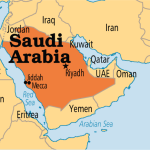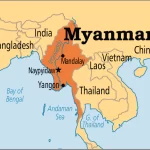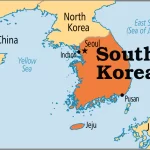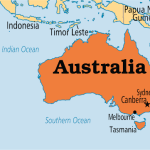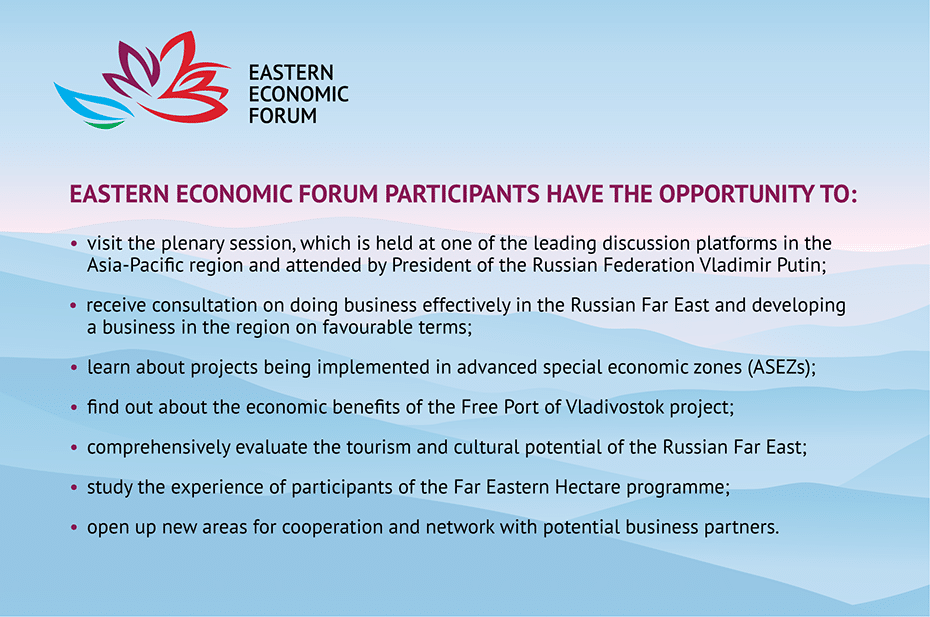
• The Eastern Economic Forum (EEF) was set up in 2015 to support foreign investments in the RFE.
• The EEF shows the region’s economic prospects, good business conditions, and investment chances.
The number of agreements signed at the Eastern Economic Forum (EEF) rose from 217 in 2017 to 380 in 2021. The agreements are worth 3.6 trillion roubles and focus on infrastructure, transport projects, mineral excavations, building, industry, and agriculture.
• Key Players: China, South Korea, Japan, and India are the most important countries in the area. China is the biggest investment in the area.
o China, which thinks that supporting the Belt and Road Initiative (BRI) and the Polar Sea Route in Russia’s Far East (RFE) could be a good idea.
o Ninety percent of all investments in the area are made by China.
o The Trans-Siberian Railway has helped trade between Russia and China grow even more.
China also wants to improve its Heilongjiang region, which is linked to the RFE.
South Korea has slowly put money into projects like building ships, making electricity equipment, gas-liquefying plants, farming, and fishing.
Japan chose eight areas for economic cooperation and pushed private companies to spend in the RFE’s development.
After the Fukushima meltdown in 2011, Japan wants to get more of its oil and gas from Russia.
But the momentum was lost because of the disagreement over the Kuril Islands.
India wants to build a strong relationship with Russia through the EEF by making deals in the diamond and medicines industries.
Table of Contents
Objectives
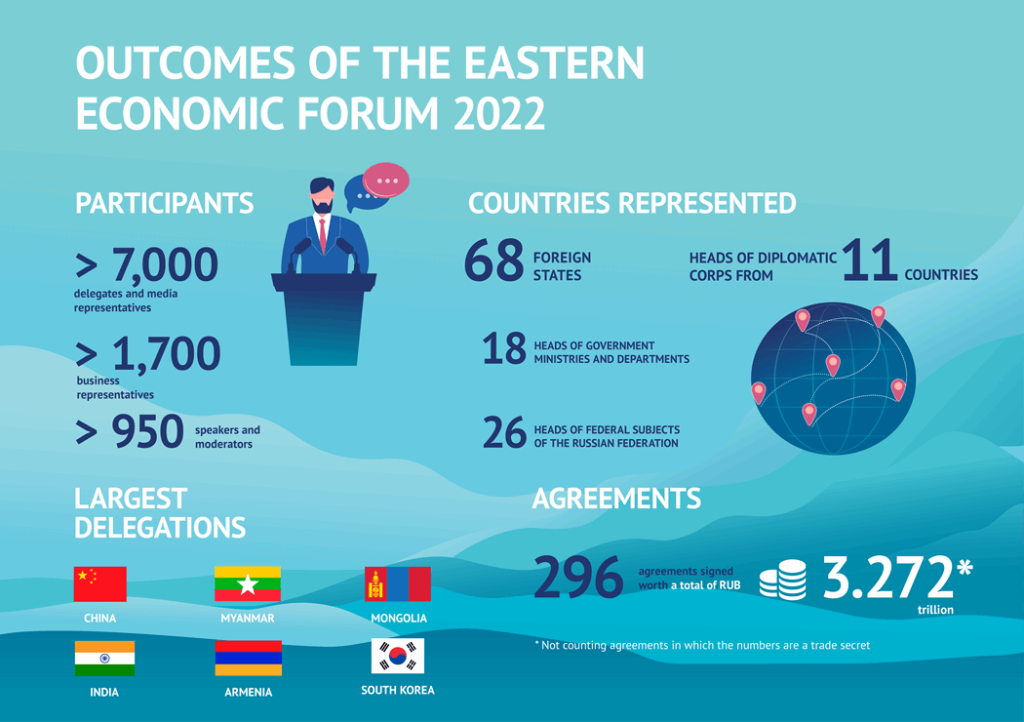
• Russia has built up the area in a planned way so that it can connect to the Asian trade lines.
• Russia wants to get more investments in the area by quickly modernising towns like Vladivostok, Khabarovsk, Ulan-Ude, Chita, and more.
• With the help of China and other Asian powers, to get through the economic disaster and the sanctions.
How important is Russia’s Far East (RFE)?
• One-third of Russia’s land area is in this region, which has a lot of natural resources like fish, oil, natural gas, wood, gold, and other minerals.
• The region’s small population is another reason why people want to move and work there.
• The region’s wealth and resources make up 5% of Russia’s GDP (Gross Domestic Product).
But even though there are a lot of things and they are easy to get, it is hard to get them because there isn’t enough staff.
• The RFE is in a vital part of the world and serves as a gateway to Asia.
What is India hoping to get out of the Forum?
• India wants to have more power in the RFE. India said during the conference that it was ready to increase trade, connections, and investments in Russia.
• India wants to work together more on energy, pharmaceuticals, maritime connectivity, healthcare, tourism, the diamond business, and the Arctic.
In 2019, India offered a line of credit worth $1 billion to help build facilities in the area.
• India wants to build up a strong relationship with Russia through the EEF.
Businesspeople from Gujarat and the Russian Republic of Sakha have signed deals in the gem and drug industries.
How does India work to keep the EEF and IPEF in balance?
• India has a stake in both EEF and IPEF (the U.S.-led Indo-Pacific Economic Framework), which is made up of countries like Myanmar, Armenia, Russia, and China. This is because it seems like Myanmar, Armenia, Russia, and China are building an Anti-Sanctions Group in the international order.
India has not been afraid to invest in the Russia-initiated EEF, even though western countries have put sanctions on Russia. At the same time, India has agreed to three of the four pillars of the IPEF, which it sees as a way to strengthen its presence in the Indo-Pacific region.





